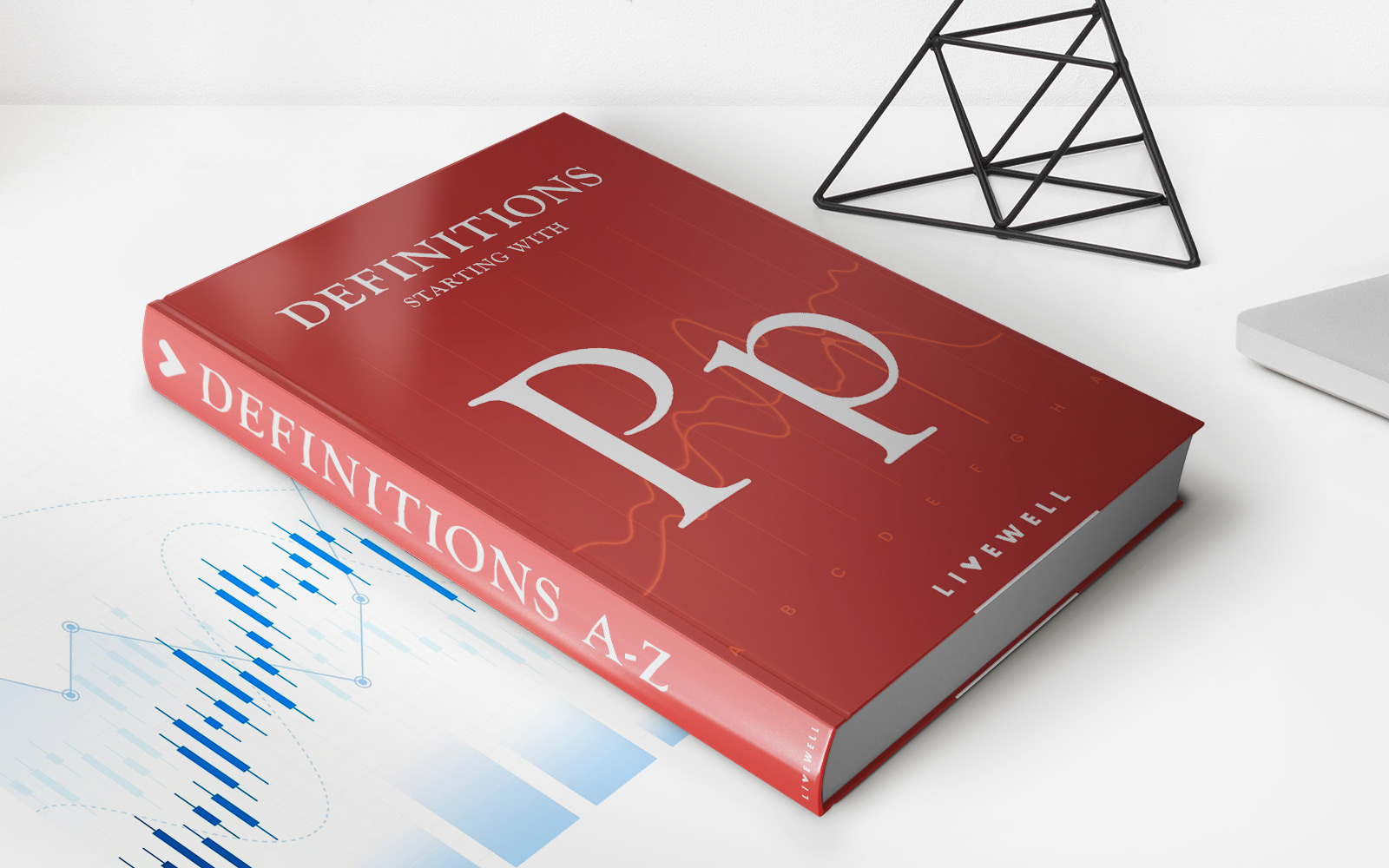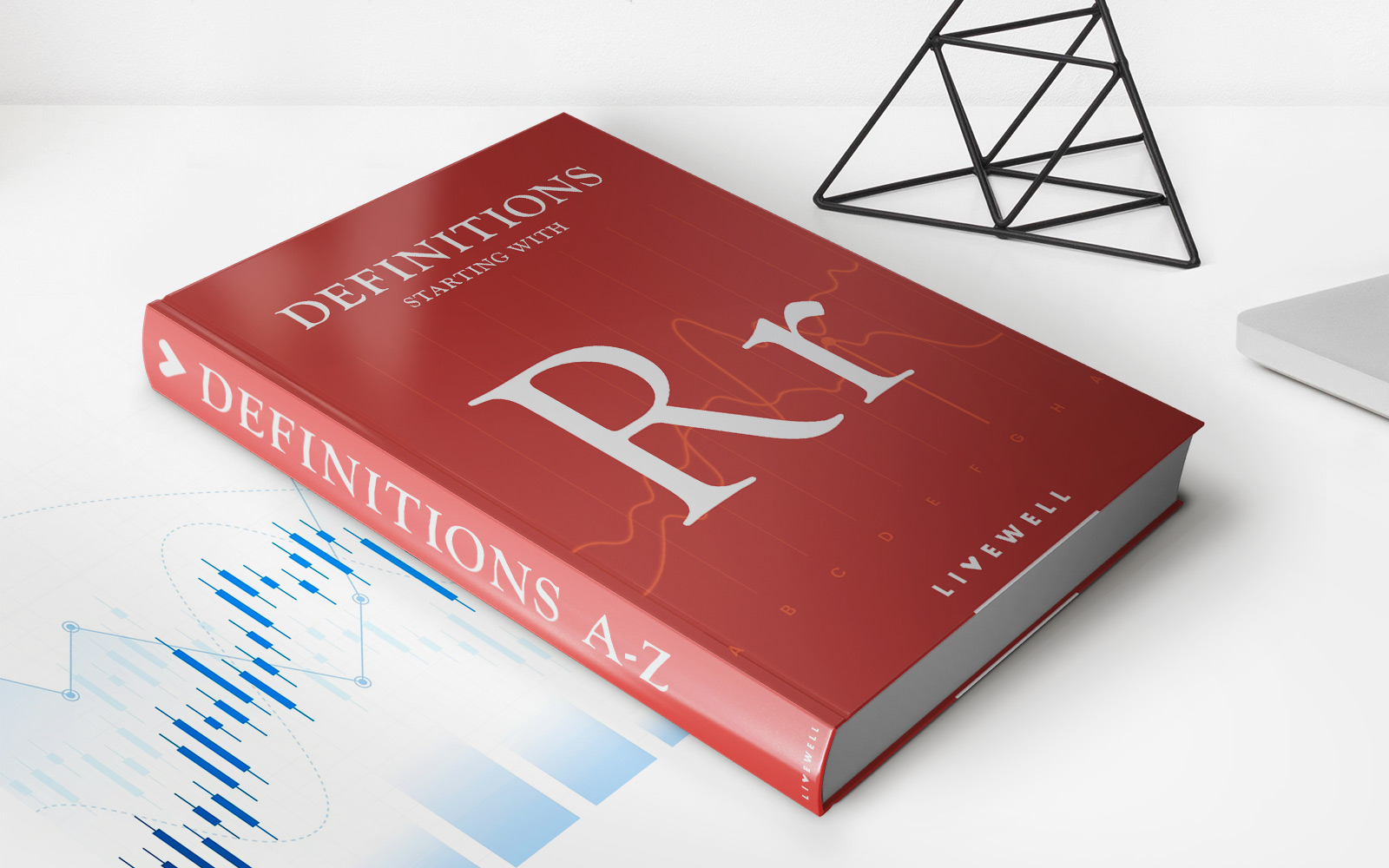

Finance
Pension Adjustment Reversal (PAR) Definition
Published: January 7, 2024
Learn the definition of Pension Adjustment Reversal (PAR) in finance. Understand its importance in managing retirement funds. Empower your financial decision-making.
(Many of the links in this article redirect to a specific reviewed product. Your purchase of these products through affiliate links helps to generate commission for LiveWell, at no extra cost. Learn more)
Welcome to the World of Pension Adjustment Reversal (PAR)!
When it comes to financing your future, understanding the ins and outs of various financial terms and concepts is crucial. Today, we dive into the world of Pension Adjustment Reversal (PAR) and provide you with a comprehensive definition of this often misunderstood concept in the world of finance.
Key Takeaways:
- Pension Adjustment Reversal (PAR) is a term used to describe the reversal of a portion of a pension adjustment in a registered pension plan.
- The purpose of PAR is to ensure that individuals who participate in both a registered pension plan and a registered retirement savings plan (RRSP) do not exceed their RRSP contribution limits.
So, what exactly is Pension Adjustment Reversal (PAR)? In simple terms, PAR refers to the process of reversing a portion of a pension adjustment made in a registered pension plan. This reversal occurs to avoid exceeding the contribution limits set for a registered retirement savings plan (RRSP). Now, let’s break it down further to understand how PAR works in practice.
Individuals who participate in both a registered pension plan and an RRSP need to consider the impact of their pension adjustment on their RRSP contribution room. A pension adjustment is an amount that reflects the value of the benefits accrued from the registered pension plan each year.
PAR comes into play to prevent situations where an individual’s combined RRSP contributions and pension adjustment exceed their allowable RRSP contribution limit. The Canada Revenue Agency (CRA) calculates the allowable RRSP contribution limit each year based on various factors, such as earned income and pension adjustments.
Now, you might be wondering how exactly is the pension adjustment reversed? The reversal happens by subtracting the PAR amount from the individual’s RRSP contribution limit for the following year. In simple terms, it reduces the amount that an individual can contribute to their RRSP.
Throughout your working life, understanding and managing your pension adjustment and PAR is essential to optimize your retirement savings. Here are a couple of key takeaways to remember:
- PAR is the reversal of a portion of a pension adjustment in a registered pension plan.
- The purpose of PAR is to ensure that individuals who participate in both a registered pension plan and an RRSP do not exceed their RRSP contribution limits.
In conclusion, being well-informed about Pension Adjustment Reversal (PAR) and understanding its implications on your retirement savings is crucial. By staying knowledgeable and keeping track of your pension adjustment and PAR, you can maximize your financial well-being and make the most out of your retirement plans. Keep this information in mind, and make confident decisions about your financial future!














